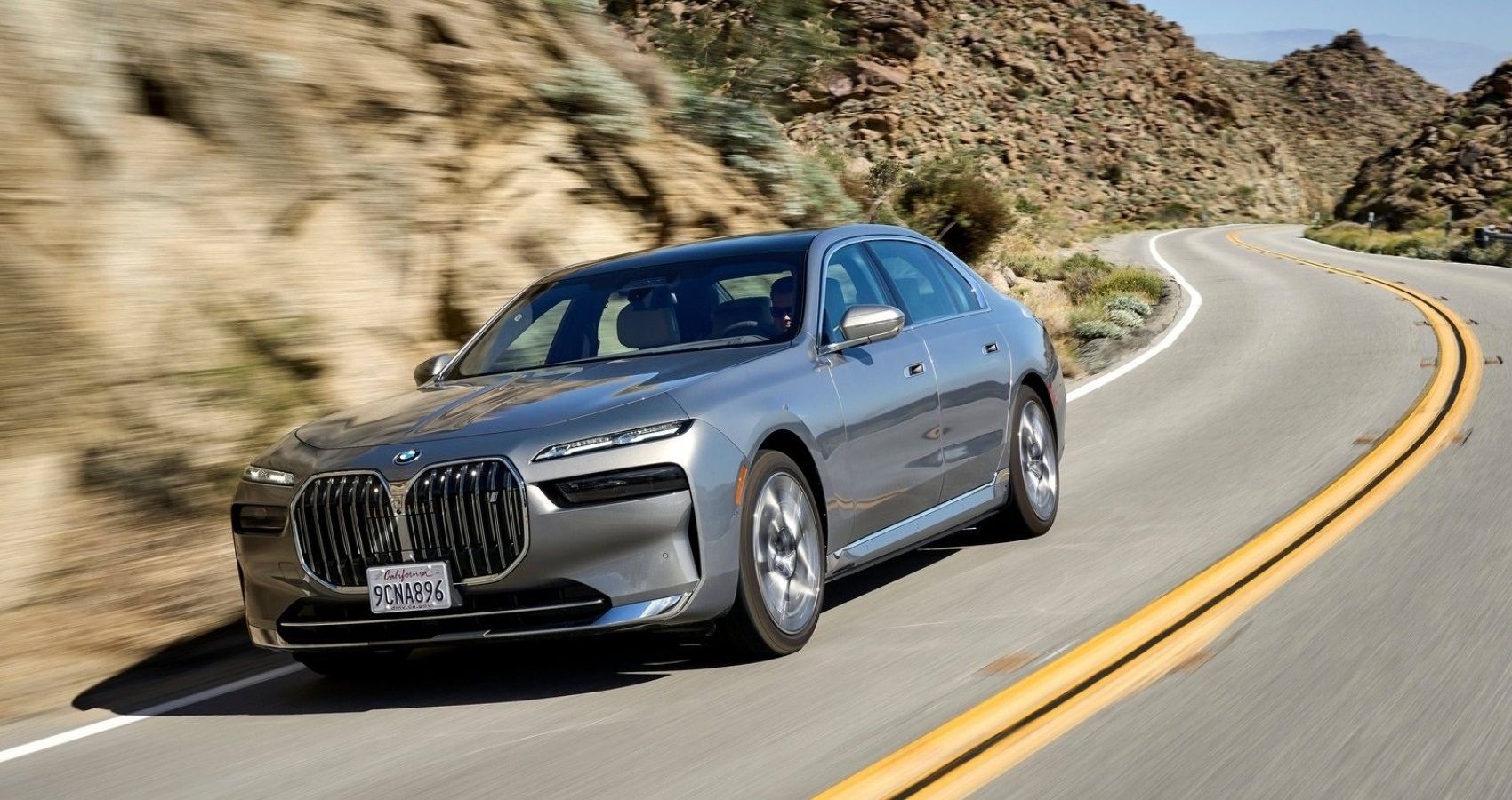[ad_1]
As a business, BMW has been thriving over the years. Sales are looking great, revenues are positive, and new models are being added to the brand’s ever-expanding line of vehicles. However, the general consensus—among motoring folks at least—is that BMW is losing the game in terms of styling and design.
The latest G70 7-Series got a fair bit of hate, as did the G80 M3 and M4 and the all-new second-gen M2. Fans completely lost it when BMW took the covers off the mighty XM electric SUV and the i7 EV. Reception at face value is fine, as BMW is making money selling these. But the brand’s controversial design choices—an utter eyesore in some cases—are dividing opinions and even sparking heated debates.
It all started when the brand’s iconic kidney grilles started getting bigger. In fairness, automotive design has evolved quite a bit, thanks to safety and crash regulations. Since cars themselves have grown, the idea of BMW’s grilles growing larger is fairly acceptable. But the problem, however, is proportions. When everything around the grille got slimmer and sleeker, the visual bulk of these kidneys—now appropriately dubbed nostrils—grew disproportionately larger. The question is, how and why did this happen?
The BMW We Knew Was Fun, Exciting, And Attractive
Iconic BMWs of the past were built for driving pleasure. But in addition to that, older BMWs (not all, mind you) had subtlety in the way they looked. Design was more clinical and simple rather than garish and complicated. The new XM SUV, for example, has far too many boxy features, with unnecessary sculpture defining the exterior looks. On the other hand, the E24 635 CSI, one of the most beautiful BMWs ever made, featured a bit of squareness, with sharp lines and creases enhancing its design.
So it was never about incorporating sharpness in the design but more about visual symmetry and how cohesive things then become. It’s not that all BMWs of late are controversially designed. Look at the M8, for instance, and you might be tempted to forgive BMW for what they did to the M3 and M4. Even the new 8-series, which the M8 is based on, is a gorgeous-looking thing.
Honestly, the mid-1990s to early 2000s is possibly the best era for BMW. You had the beautiful E38 7-Series, E46 M3, E39 M5, and the Z8. However, BMW decided to introduce the E65 7-series and the sad-looking 6-Series at the start of the decade, which did not go well. This was followed by the E60 5-Series, arguably, the most hated and controversial 5 in existence.
And now, history is repeating itself. From what we can tell, BMW is perhaps the bravest when it comes to experimenting with designs. Mercedes and Audi usually stick to the tried and tested, whereas BMW doesn’t mind venturing into new spaces and trying out cool ideas. Sadly, though, these occasionally backfire.
What’s With BMW’s Latest Designs?
Enthusiasts are in unison about BMW losing their minds. However, there’s more than one way of seeing things. As a company, BMW is really capitalizing on its design fiasco. According to Forbes, BMW is intentionally deceiving people and leveraging their reactions to get more publicity and more sales.
BMW’s Chairman Oliver Zipse, said, “There’s no such thing as a future-oriented design without controversy. That’s the trick—to have controversy, and the outcome is ‘I want to have it’ and ‘I like it’, and of course, it’s a plan.”
Chairman Zipse when speaking about the i7’s design said, “It will never be a mass-market car. It will only be a super minority of people who will sit in that car. The majority of people will never sit in that car. It only must be appealing to the customers who are in that segment, not anybody else.”
At the end of the day, BMW makes cars for an audience, but more importantly, it is a business. So as far as business interests go, it’s about maximizing profits and catering to your clients. And the Chinese market is a very important one.
Possibly a catalyst in BMW’s latest design ethos, Chinese customers have unique tastes when it comes to automotive styling. Bigger grilles and radical designs are apparently a thing in China. But why conform to those tastes, you ask? Well, roughly 40% of all BMW sales are from China. If this trend continues, it’s only a matter of time before the brand sells more vehicles in China than all of Europe combined.
As a sigh of relief, though, Zipse mentioned that bread and butter items like the 3 and 5 Series, the X1, X3, and the X5, will feature conventional designs. However, cars that fall into a niche will carry on pushing the design boundaries.
Sources: Forbes
[ad_2]
Source link

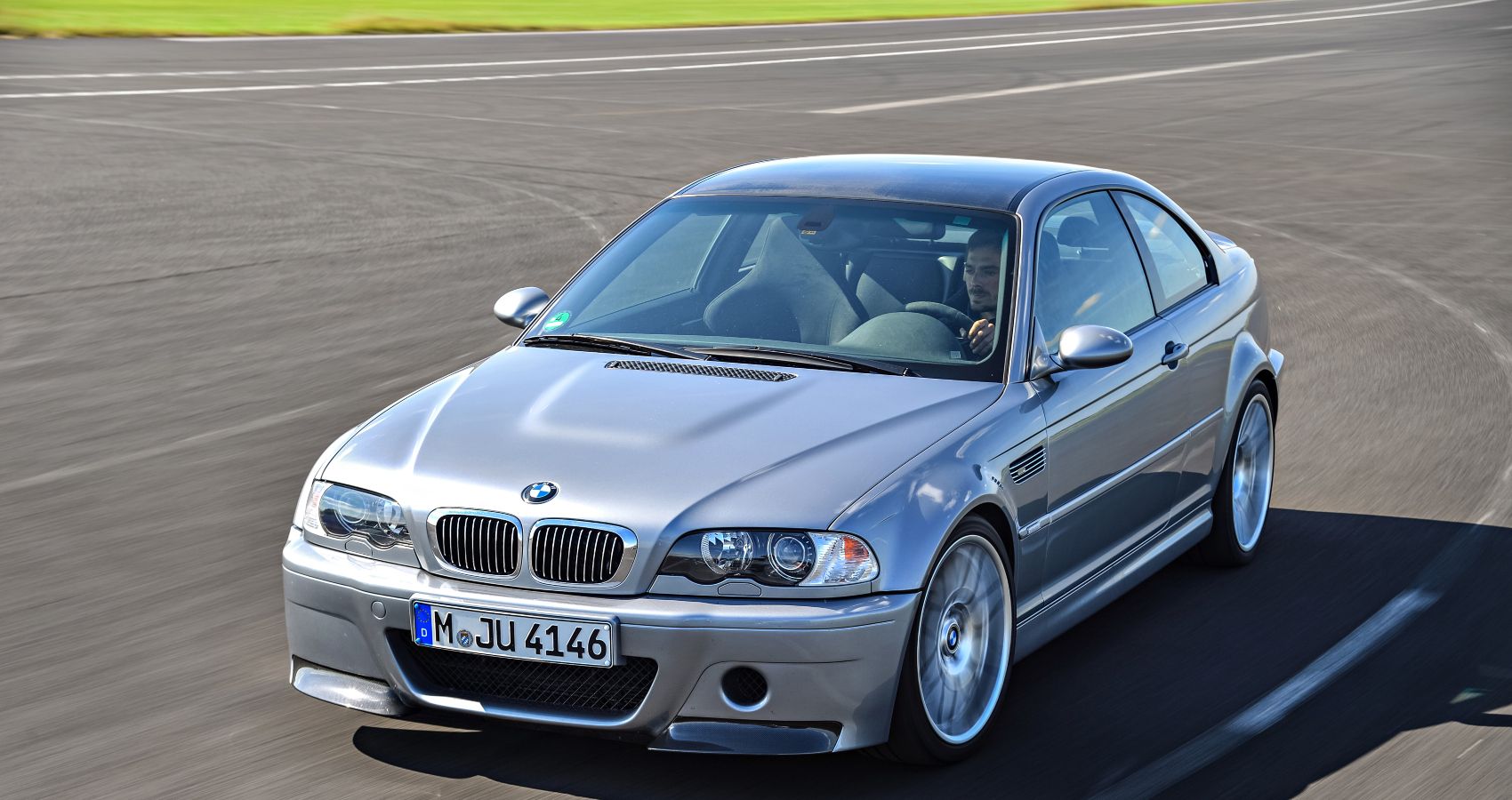
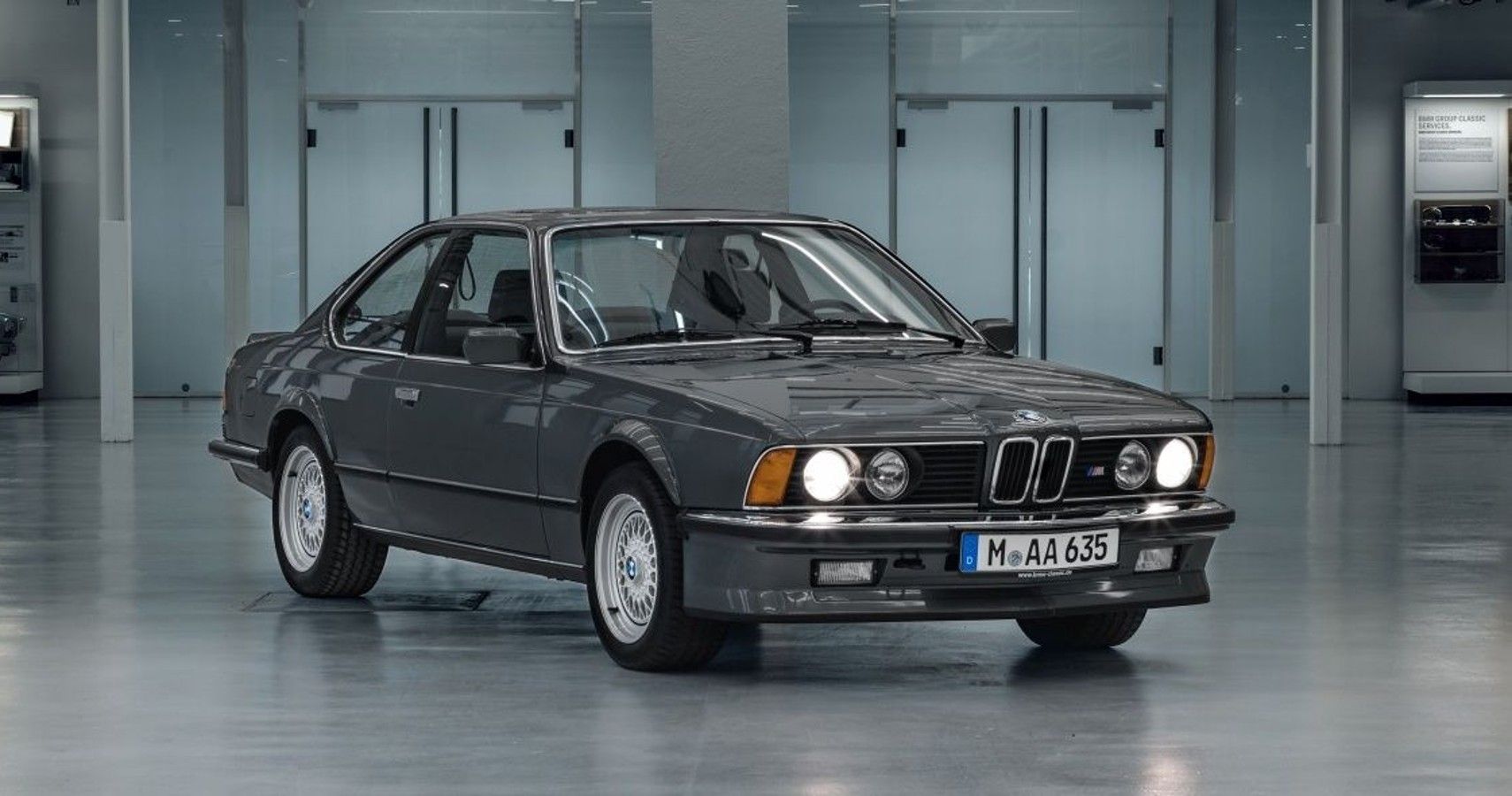
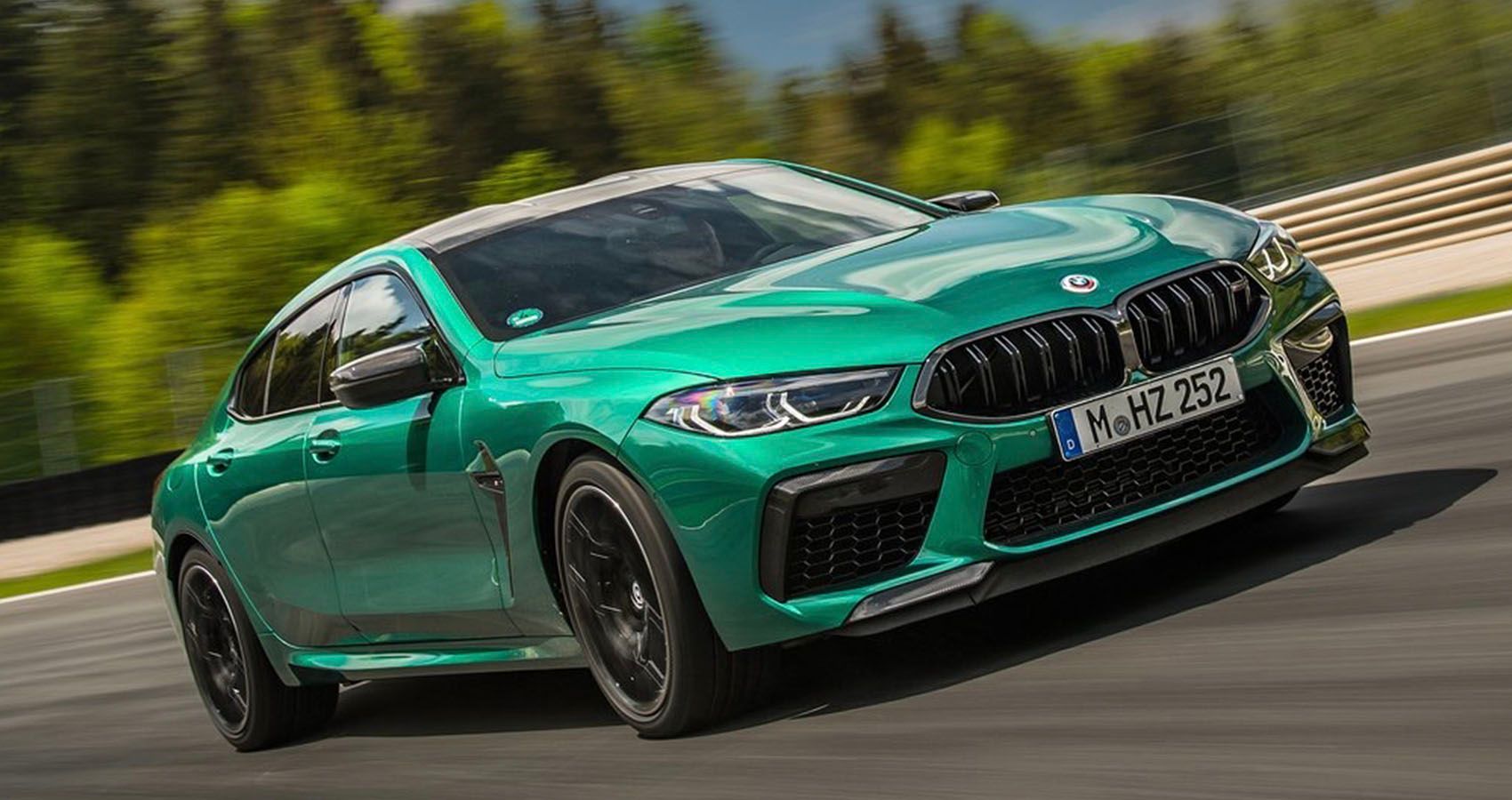
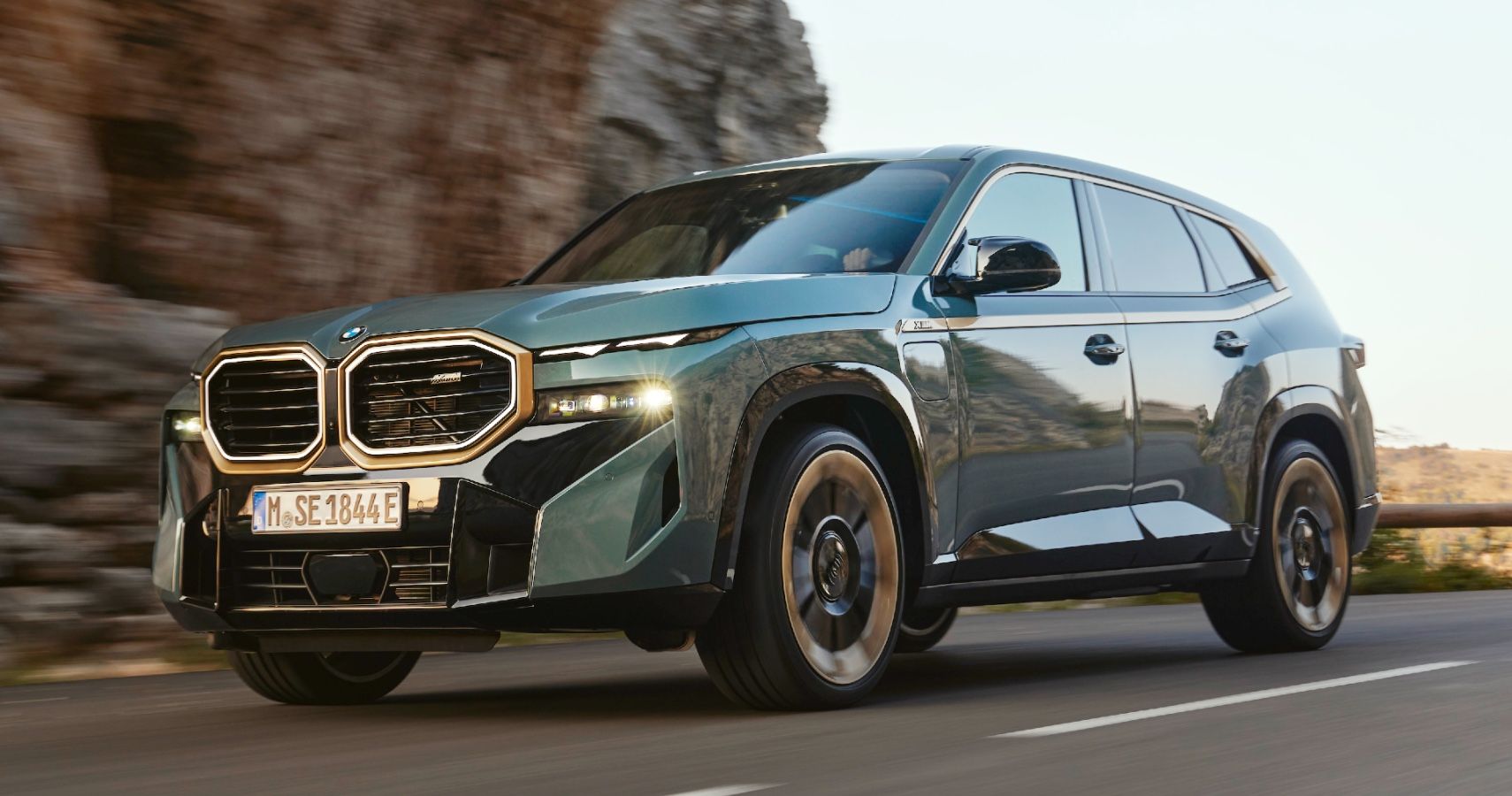
.jpg)
